Ness Ziona (a smallish town somewhere in the middle of the country) may just become Israel’s Liverpool, as home of Shmemel, an 11 member band whose signature song Helium for the Masses expresses the mood of the moment. Rough, brassy, wildly energetic and outrageously comic, a typical Shmemel concert draws crowds of fans who sing along with the band, mimicking their antics, and dancing their way to ecstatic delirium. At their recent InDNegev performance they had an audience of thousands singing, cheering, doing the Shmemel Applesauce dance, and just about every kind of gyration one can imagine, including the Hora.
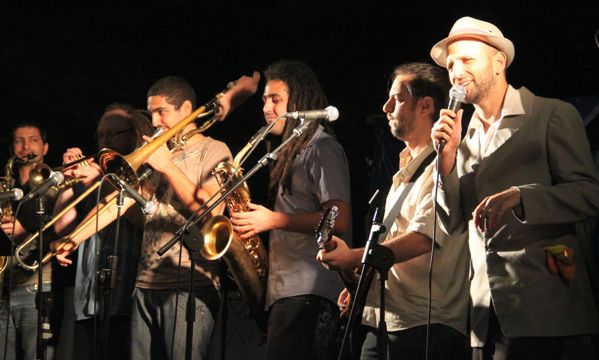
A Shmemel concert is amazing fun; their seductive zany rhythms send a current of joyous movement through the room, the kind of instant happy one wishes could be packaged and brought out as needed for celebrations as well as down times (oh, yeah, they have a CD). Yet if one can possibly stop jumping up and down for a moment to listen to their lyrics, there is a strong subversive streak running through the songs. Who are Shmemel and what drives their music? Midnight East sat down with Dror Waidman and Yaniv Raveh to talk about the band in Dror’s Tel Aviv apartment, accoutered with acoustic sponges on the ceiling, a tiny red piano, a friendly flat mate, and a broken refrigerator enjoying a second life as a bookshelf.
The two musicians met at the Ness Ziona Conservatory and have been friends ever since. With different musical tastes – Yaniv is into Guns & Roses, Nirvana, Pearl Jam, Metallica, Pink Floyd, Led Zeppelin and Jimi Hendrix, to name a few, while Dror favors singer-songwriters like Leonard Cohen, post-Beatles John Lennon, George Harrison, Tom Waits, Tom Lehrer, Matti Caspi and Shlomo Gronich – they have been collaborating for several years before coming up with the configuration that is Shmemel in 2007. “Ten years ago Dror came to me and we started playing around with songs,” said Yaniv, “he said I want a band with 12 people in it, and I laughed at him… but the talent I saw in Dror’s writing and creativity wiped the smile off my face and I saw that it really could happen.” The first song that Dror brought to Yaniv was called “Shnitzelim,” despite the intriguing potential of a song named for the ubiquitous Israeli lunch fare; Yaniv describes it as “quite dark, very different from the kind of songs we do now.”
Shmemel’s mix of youthful hedonism and solid songwriting may be due in part to the slow evolution of the band. “Somehow we messed around for about five years,” said Yaniv, “and by that time my brother (Eyal Raveh) was old enough and knew how to play well enough, and the drummer (Ran Genez) and trombonist (Maayan Milo) – they are all childhood friends. There’s an 8 year age difference between us. When they were about 19 they were playing really well, I wish that I could have played as well when I was their age! Then we started to bring more friends. Dror brought Shem Hamami who he met in the army in a military ensemble, Ori Tabachnik, who is also another childhood friend from the conservatory and Liad Cohen the trumpeter grew up with us. I met Michael Schwartz and Yonatan Rubin at work – I teach at the Ness Ziona Conservatory.”
With a strong Ness Ziona core, most having gone through the mill of the conservatory, Dror describes the band as “tribal, like a family.”
For Dror, Shmemel is about “bringing everything that is fun for us to the stage.” One can discern different musical influences in their style, yet at the same time, he points out that “there is an ironic perspective in the texts and in the music. The music sometimes looks aslant at music itself, when we do barbershop it’s somewhat of a parody.”
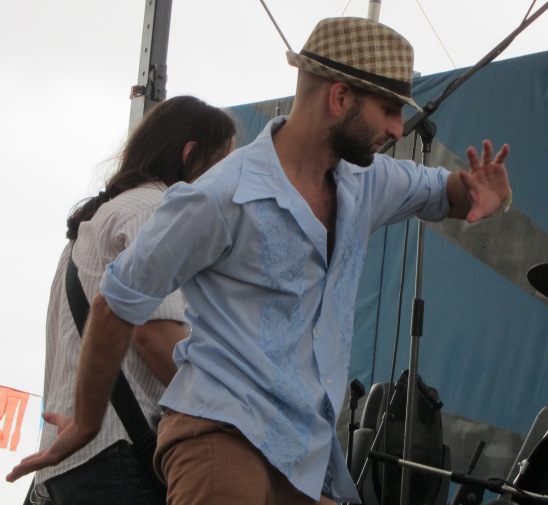
Dror recalled that the title song of their album, Helium for the Masses “was originally written for a nonsense play that I wrote while in the army that never got off the ground …originally I wrote it as a critique of humor now its become the opening song to our concerts, and that is what I sell: Helium for the masses.” The song opens with the greeting “Welcome to the illusion/the fantasy is about to begin…” and goes on to say “it doesn’t cost much for a few smiles.” It’s an ironic tour de force as it critiques both the performer selling the illusion and the audience eagerly consuming it, while at the same time creating just the kind of fantastic performance that has the crowds raving and dancing.
“It was written by a kid who was critical from a more cynical, young perspective,” recalled Dror, assuming a super-serious demeanor and admonishing, “You’re laughing at nonsense!”
“The connotation is of opium for the masses, something intended to camouflage reality,” Dror continued, reflecting, “That’s OK. I’m all for helium for the masses, the masses deserve some helium, they have so many bad things in their lives, they deserve a bit of helium as well… and opium is ok too.”
“We create in a time when no one cares,” said Dror, “I try to get people to enjoy the music and have fun, and if they get a message along the way – all the better.”
The band’s songs range from “Van Gogh”, a paean to one of history’s more bizarre token’s of love, performed in a manner that evokes the late great Janis Joplin, to a lively song about a piano player who can’t play, a rousing song called “A Tale in Memory of the Shabbat”, “She” a poignant ballad of unrequited love, “Negative Development” – a happy sounding tune that tells us how everything is degenerating fast, and the popular “Hannah Zelda”, Chaya Frankel’s tale of Rabbi Kalman’s Hannukah odyssey as he tries to get everything his beloved wife Hannah Zelda needs in order to finally make him the levivot (latkes) he craves.
Dror describes the Shmemel sound as “Balkan/Jewish/Soul-Funk” and their influences are many: Beatles, Kaveret, James Brown, Ray Charles, Janis Joplin, Goran Bregović, Gogol Bordello, Blues Brothers, Otis Redding, Beach Boys, Meir Ariel’s lyrics, “Arik (Einstein) and Shalom (Hanoch) are always there somewhere, they are the Beatles of Israel,” the Apples, Boom Pam, Amy Winehouse and the Muppets. “I really love the Muppets,” Dror confessed, “the band tries to be Muppets much of the time.”
Almost all of the band’s material is original, and usually begins with Dror, who composes lyrics and music in parallel. “They usually come together,” he said, “if they don’t then there is a problem in the music…if I don’t sing to myself then the structure goes to hell…I simply write strange words.”
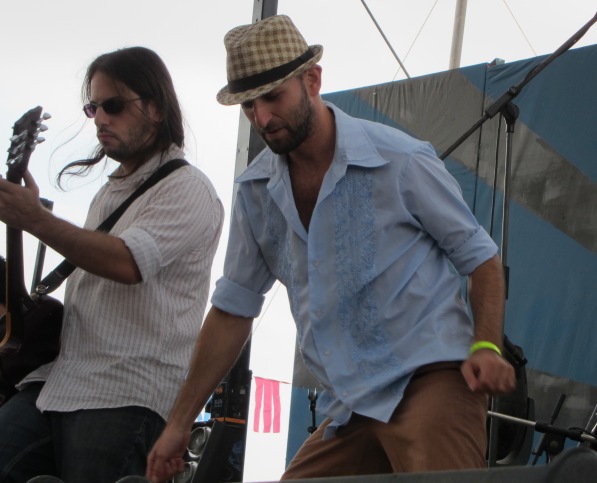
Yaniv described the next step, saying, “We sit in the studio and sketch it out, he says where it takes him, I listen and try to understand what attracts me in the music and we try to find a consensus or compromise. We record a sketch then we bring it to the band and they reject everything. Then we build something new together, but there is an internal framework already in place that guides us. When we tried to work on songs from scratch it was very hard – 11 opinions in one room!”
Yet Yaniv affirmed, “Each person has his word and opinion and place in the song, sometimes it comes with a lot of pain, sometimes it comes with great fun, we always want it to be fun, but there are arguments…in every song you can hear something from each person, everyone has touched the song.”
Much of Shmemel’s appeal onstage is the sense of spontaneity and friendly hilarity they exude, like a group of friends who enjoy hanging out and fooling around. Listening to Dror and Yaniv talk about the evolution of the different songs on their album, it is clear that this might also be a good description of the atmosphere in the studio. “Van Gogh” originated in a recording session for another song “Zipa,” a Balkan style version of a traditional children’s tale. Yaniv recalled, “We were playing around with voices in the recording and I opened two channels, panning one left and one right.”
Dror continued the story, saying, “There were lots of background sounds in Zipa and at the end of the song one of my background voices said ‘This is the left ear’ into the left channel…”
Yaniv completed Dror’s sentence, explaining, “And when you heard it through the headphones you heard it on the left…”
“And I thought hmmm…what song can I write about the left ear? Van Gogh cut off his left ear…” Dror mused, “it was a time when it was very easy for me to write songs you’re more creative when you’re young, you’re less serious…wait, I just said that I was more serious when I was younger – I’m contradicting myself…”
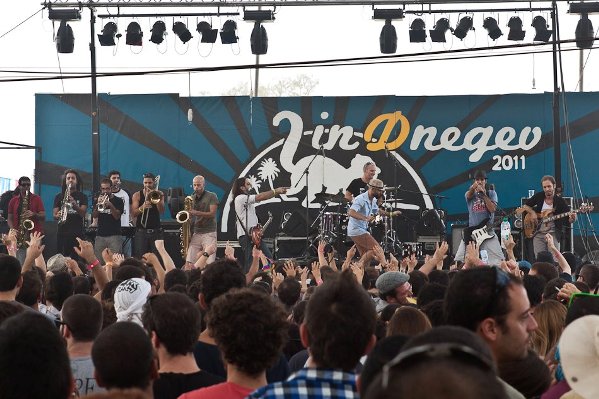
Silly and serious by turns, Shmemel creates some serious magic onstage, and they love performing. “There is nothing like it,” said Yaniv, “even if we hate one another the moment before we go on, once we are onstage it all disappears and we are in a different place.” Recalling their performance at InDNegev, in front of a crowd of over 2,000 people, Yaniv said, “In Helium, towards the end of the song Shem and I lead the audience, raising and lowering our hands, and everyone joined in – my heart exploded… if I could freeze that moment.”
Shmemel is: Dror Waidman – vocals, Yaniv Raveh – guitar & vocals, Shem Hamami – guitar & vocals, Eyal Raveh – guitar & bass, Ran Genez – drums, Michael Schwartz – keyboards, accordion, vocals, Liad Cohen – trumpet and vocals, Ori Tabachnik – baritone saxophone, Gal Dahan – alto saxophone, Yonatan Rubin – tenor saxophone & vocals, Maayan Milo – trombone & vocals.
More Shmemel: website; bandcamp; myspace; facebook; youtube

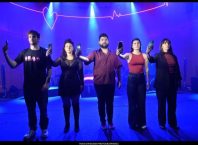
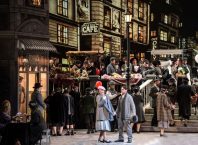
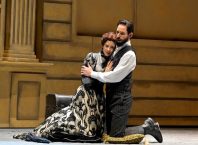
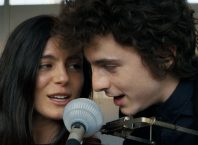
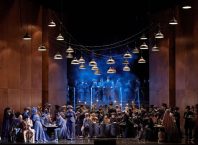
[…] Port will host an amazing party Thursday night; one of my favorite bands – Shmemel – will open the evening at 19:30 on the Northern Deck. Music, message, mayhem – […]
Comments are closed.